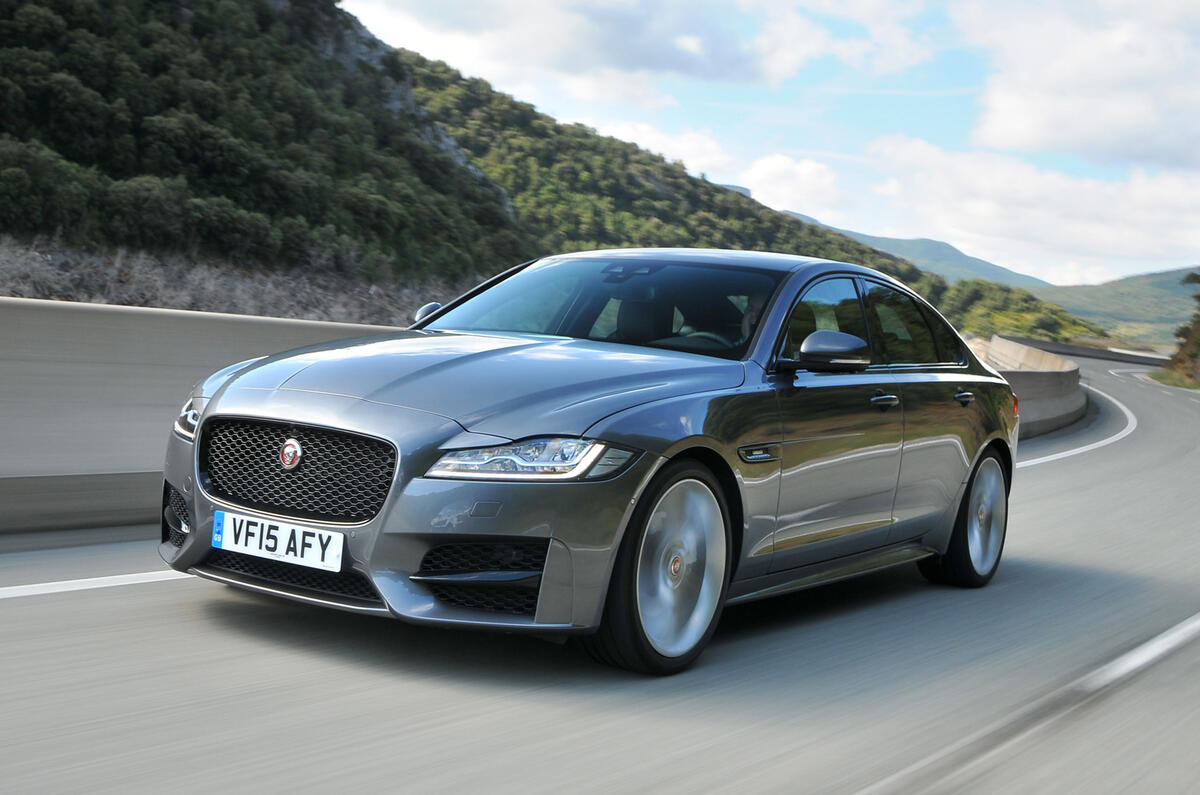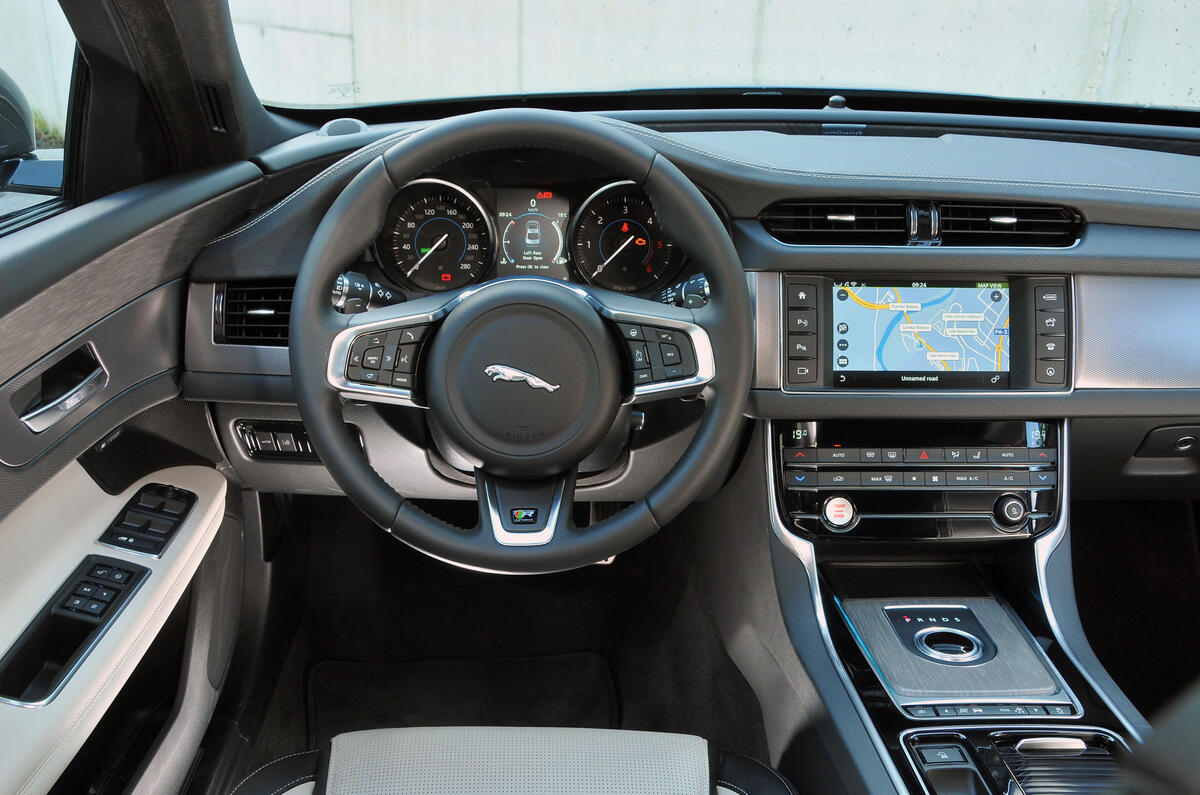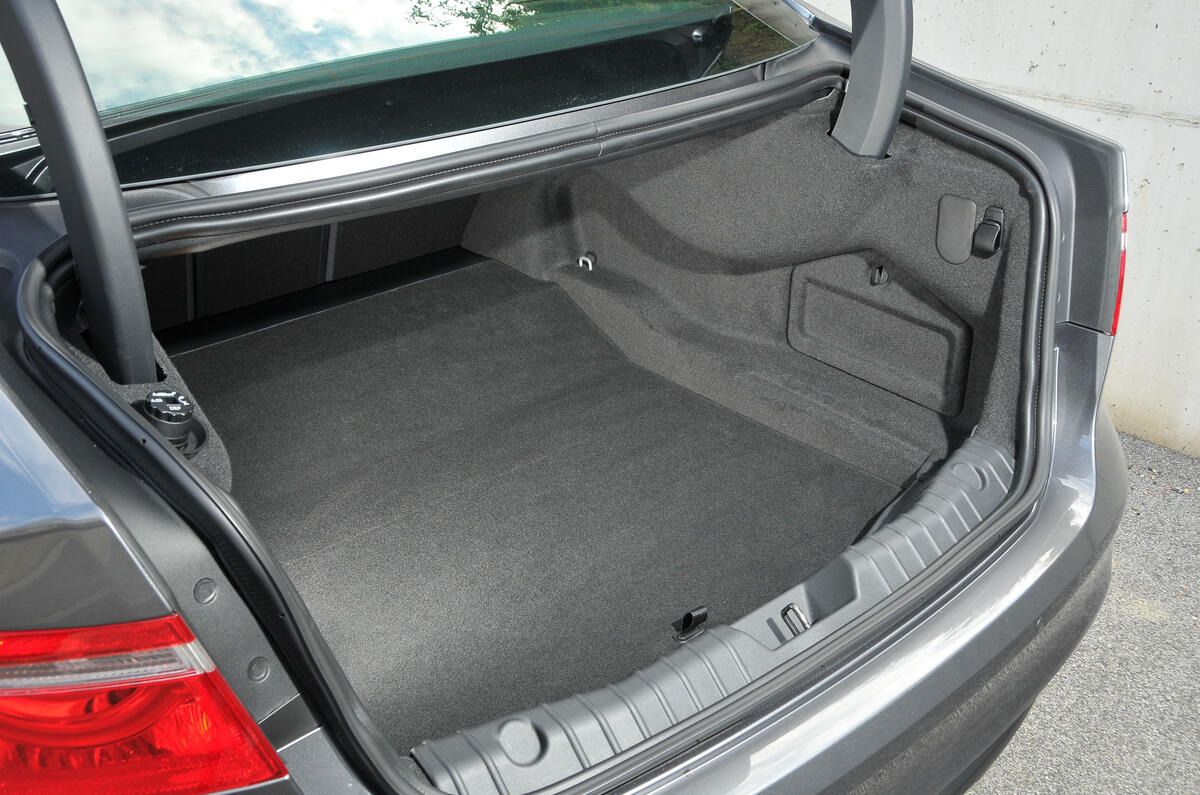What is it?
In 2008, just as its ownership was being dangled in the wind by Ford, Jaguar unveiled the future. The Jaguar XF announced the firm’s new direction in the best possible way, with raked ambition, forward thinking and a necessary break from the past etched, inside and out, into its concept of what a mid-sized British exec ought to be.
The car was the starting point for a planned dynasty, which, with Tata’s help, is now coming to fruition.
A new Jaguar XJ, Jaguar F-Type and, most recently, the Jaguar XE, have all followed, while the F-Pace is just round the corner. But before we get there, Jaguar has found time to completely overhaul its pioneer.
The new XF is purposely familiar - but entirely different. Most prominently, although you might need some help spotting it, the latest model is larger, partly to distinguish it from the XE below, but mainly for it to compete on better terms with the comparative spaciousness offered by rivals.
Consequently, within its own footprint, the XF swells. The chief gain is in the wheelbase, where 51mm has been inserted to the betterment of those packaged in the back. Despite this, and the noticeably longer rear deck, the design contrives to shrink the model by 7mm, owing to a front overhang that has retreated towards the front axle by 66mm.
The result flirts with visual imbalance. And, thanks to a more horizontal (and therefore less interesting) waistline, dreariness. That it isn’t either is a consequence of (a) the prettiness of the XF’s original shape and (b) Jaguar’s efforts to ensure that the XF’s nose has become ever more honed and closer to the ground - the bonnet line descending by 35mm and the roofline by 3mm.
Were you to pick up old and new and hold them outstretched for comparison, you’d discover that the new model is significantly lighter, too. That’s because the old platform, a gnarled and mostly steel affair donated by Ford, has been superseded by a new version of the fiendishly clever and mostly aluminium modular architecture that underpins the XE.
Jaguar claims, at best, a 190kg reduction in mass - which is a lot for a saloon. Some of it, around 24kg, in fact, can be attributed to the XF’s new engine line-up, now featuring the latest four-cylinder Ingenium units. In diesel form, it’s available in either 161bhp or 177bhp guises, with the former supplying the model with the critical mass of small numbers: 104g/km CO2 and 70.6mpg in conjunction with a six-speed manual gearbox.
There will also be six-cylinder diesel and petrol engines - respectively developing 296bhp and 375bhp - from launch, but both will be overshadowed in volume by the more powerful Ingenium motor, which is claimed to be good for 114g/km CO2 and 65.7mpg when mated to the eight-speed ZF automatic gearbox, and tested here in the mid-spec R-Sport trim.











































Join the debate
Add your comment
Just been to the dealer to take look
It gets 4.5 stars
Creaky? Twisty?